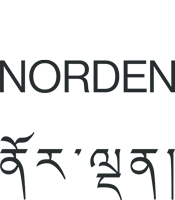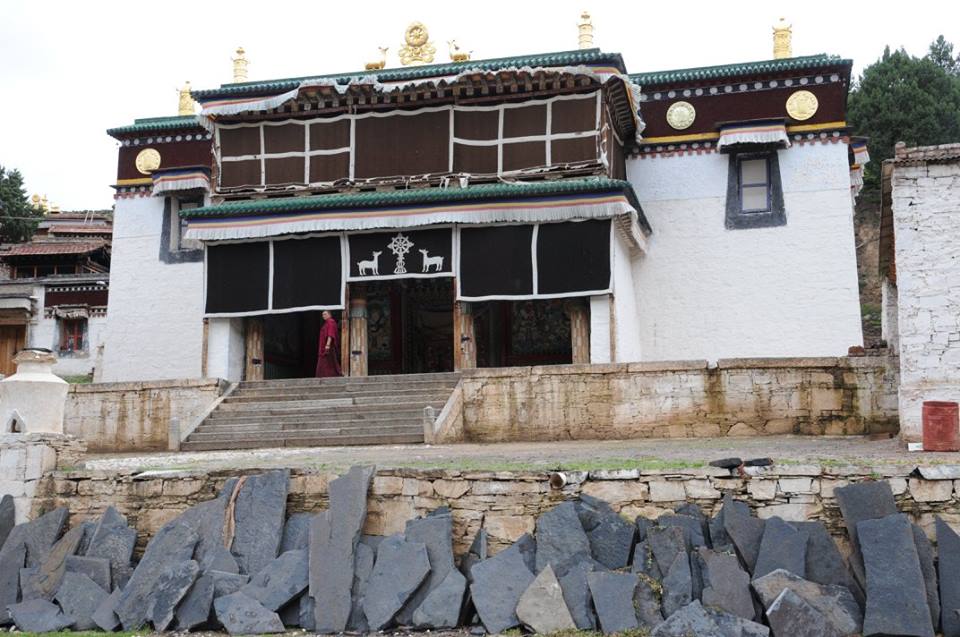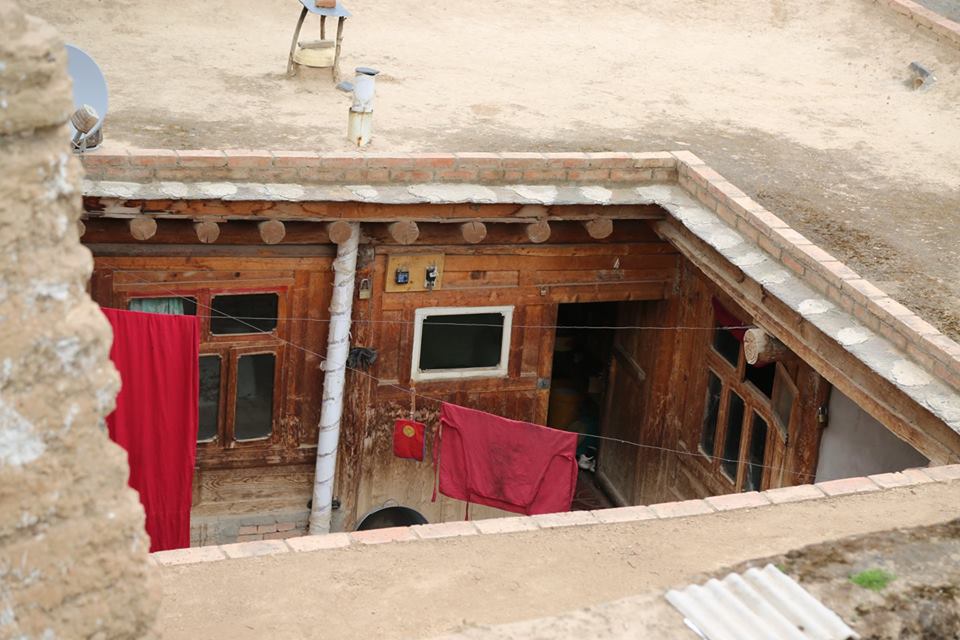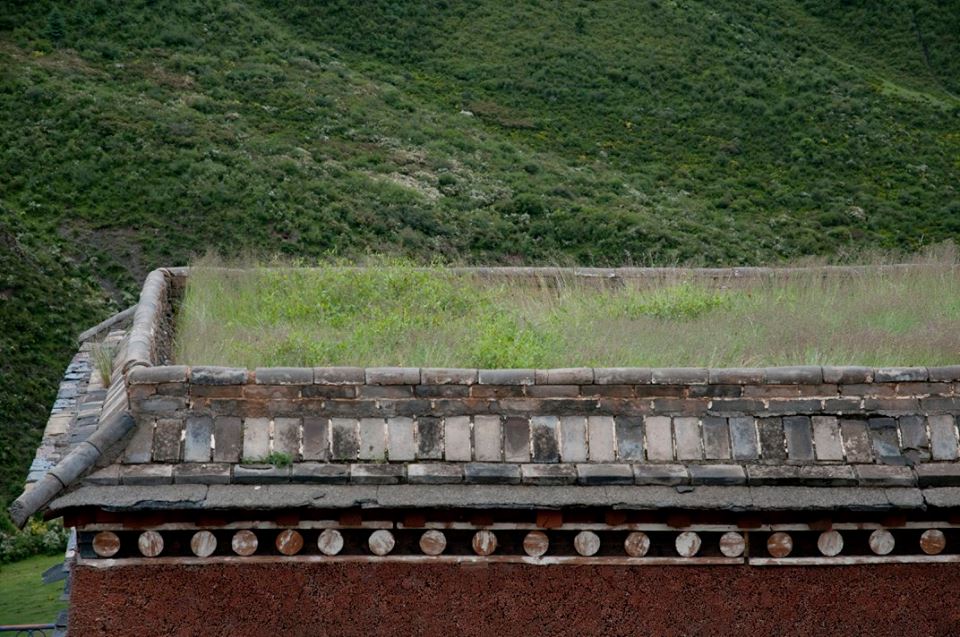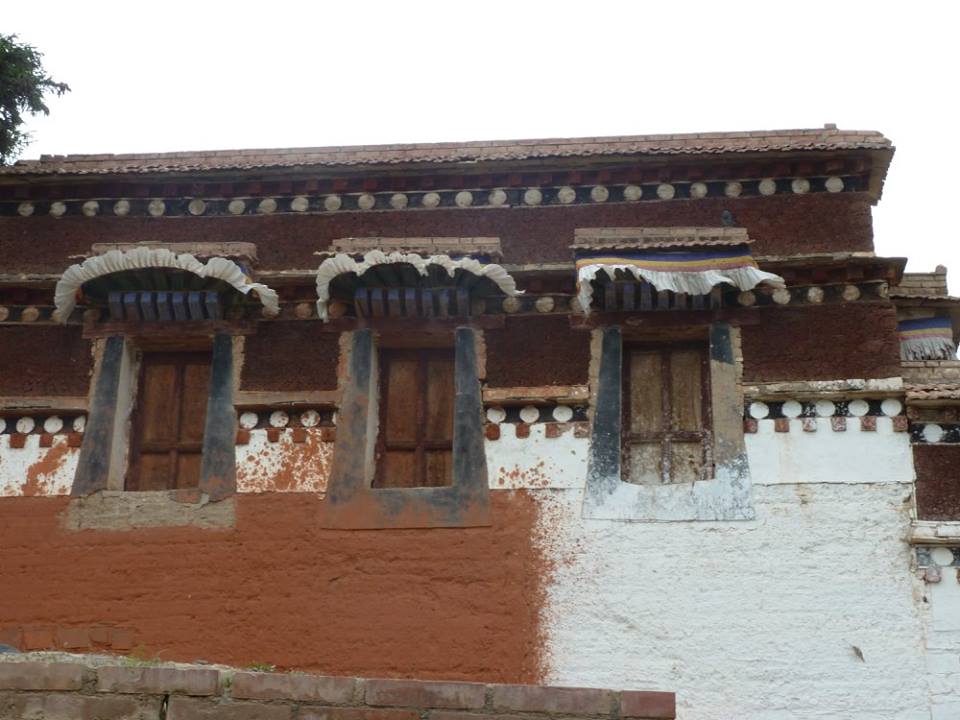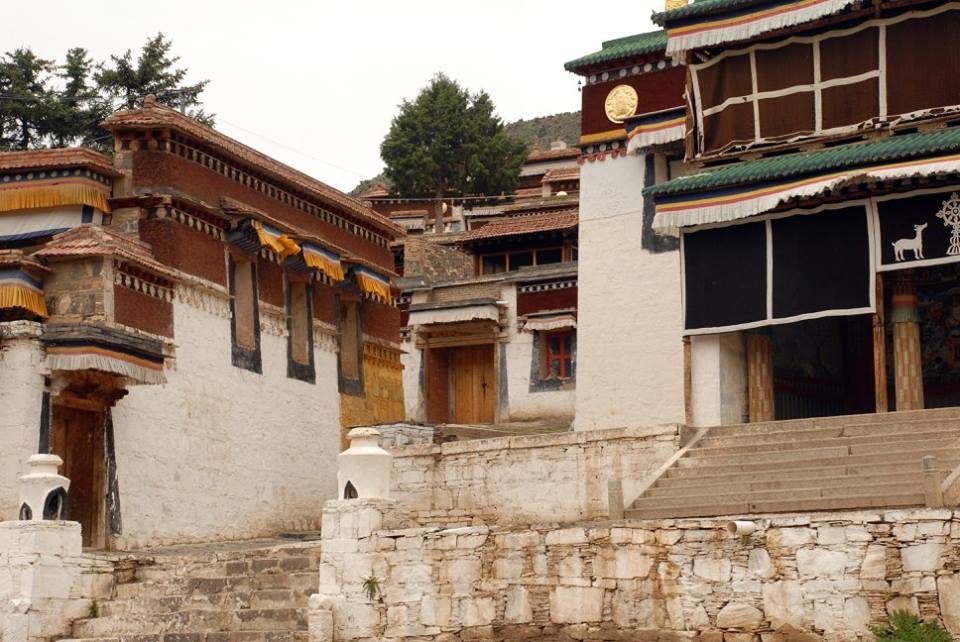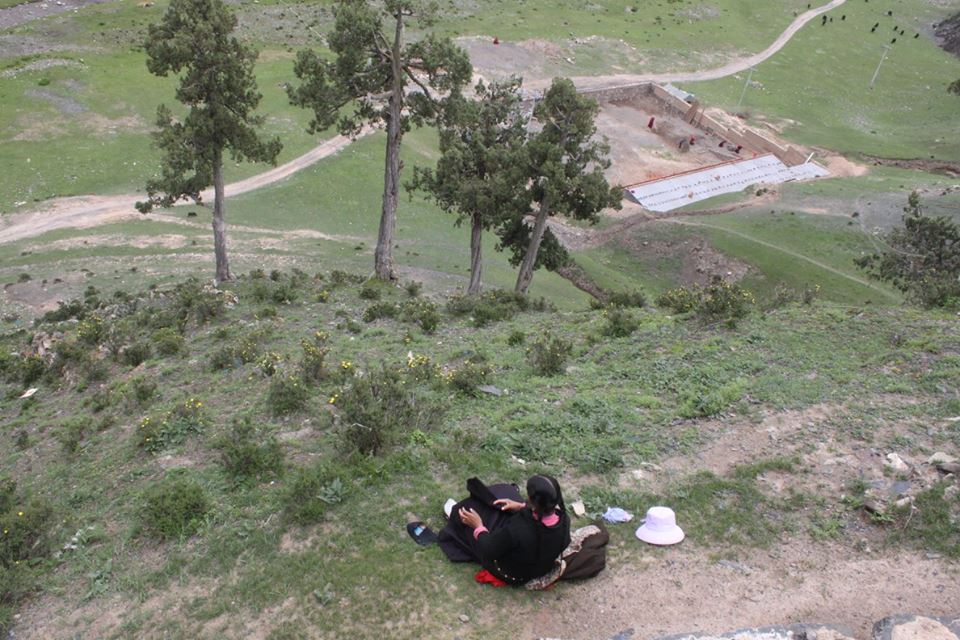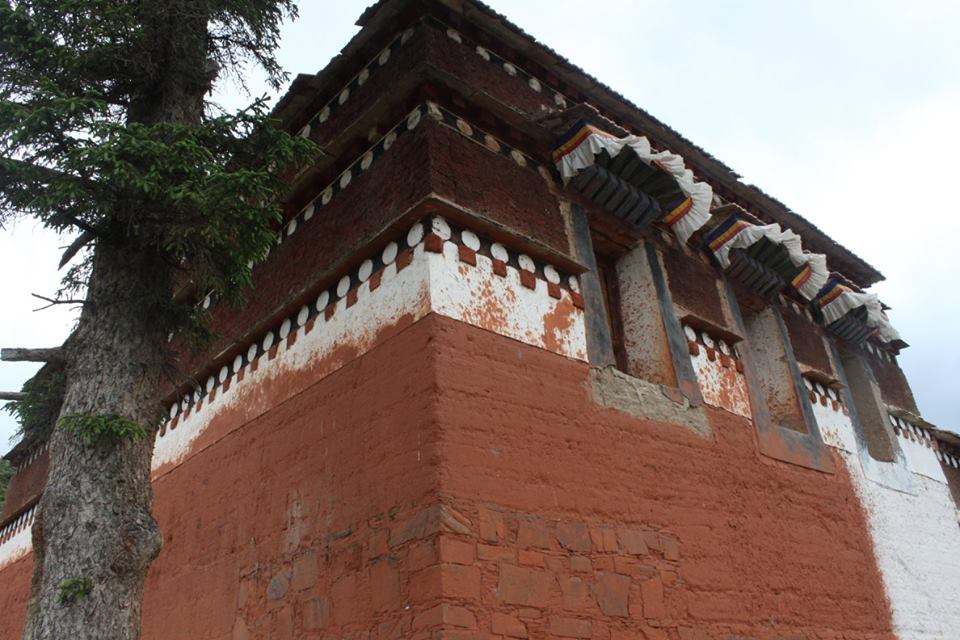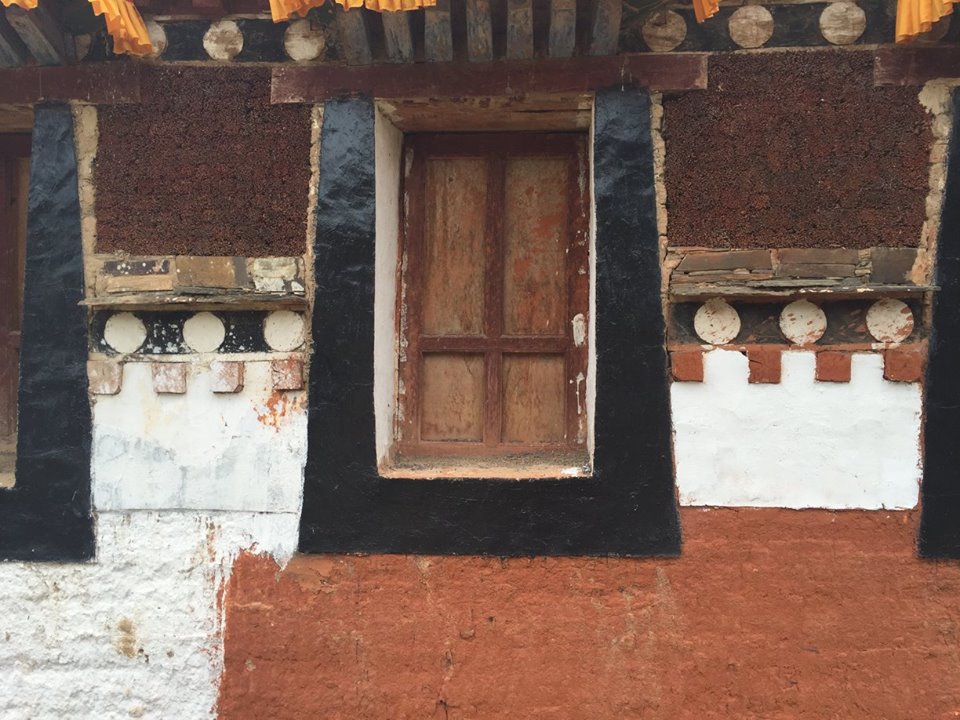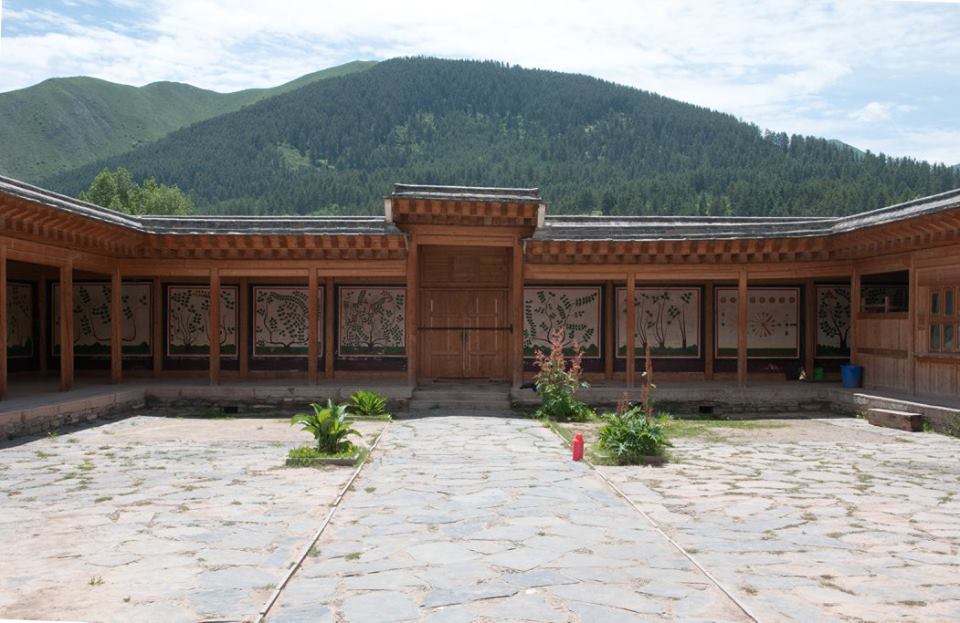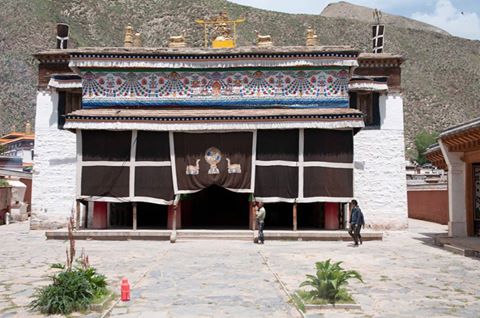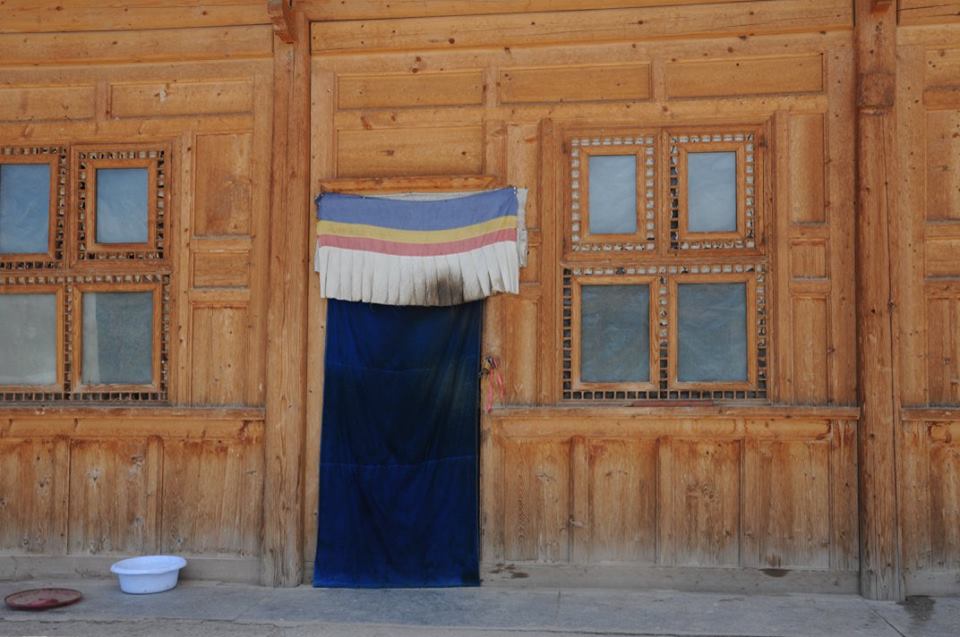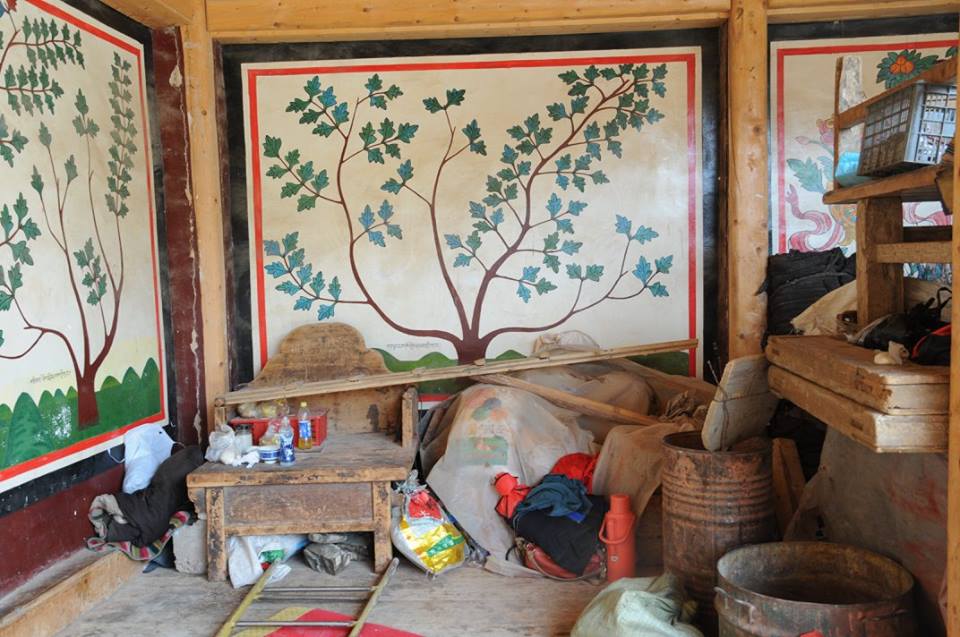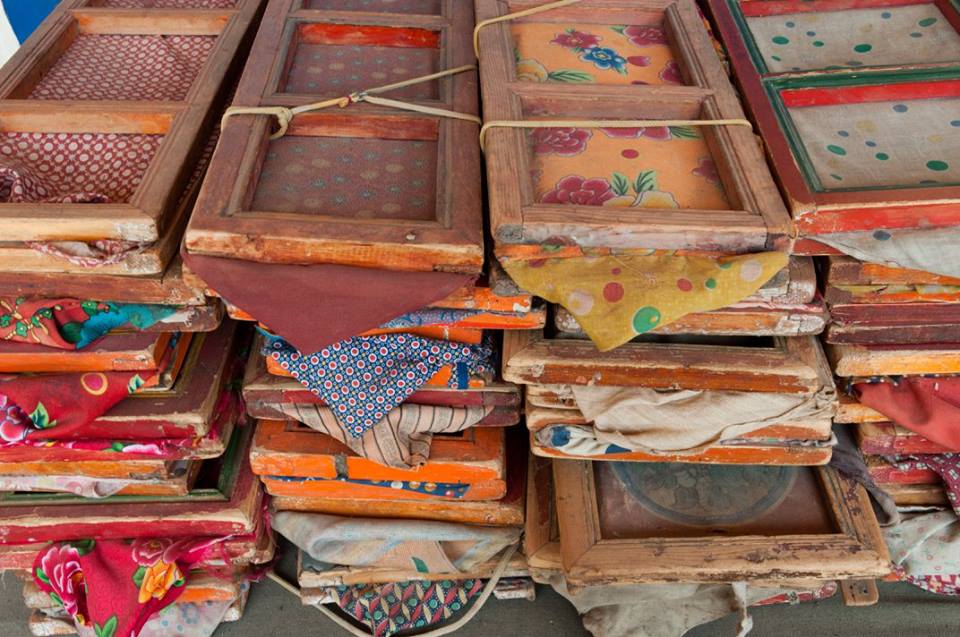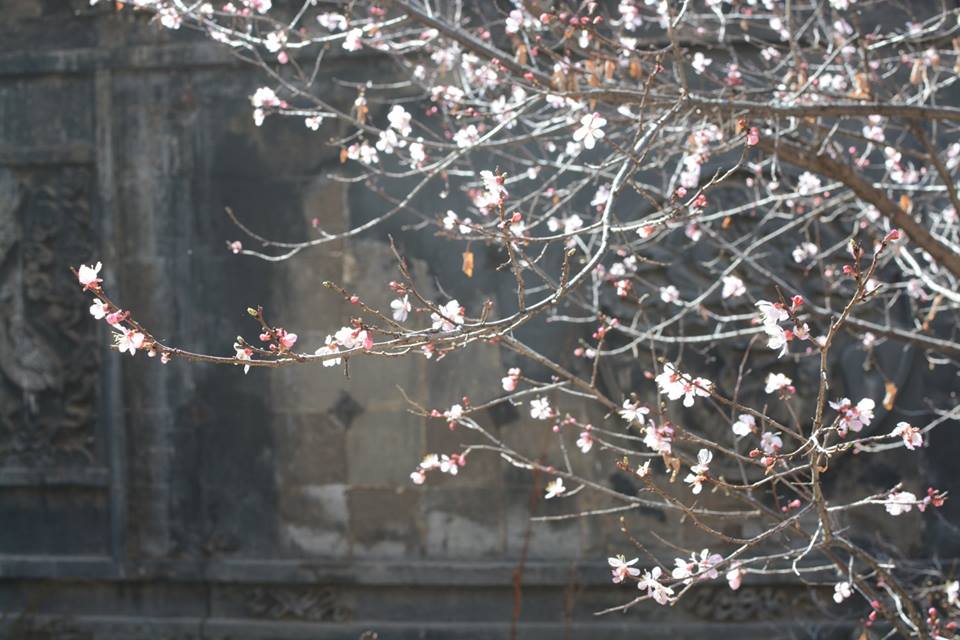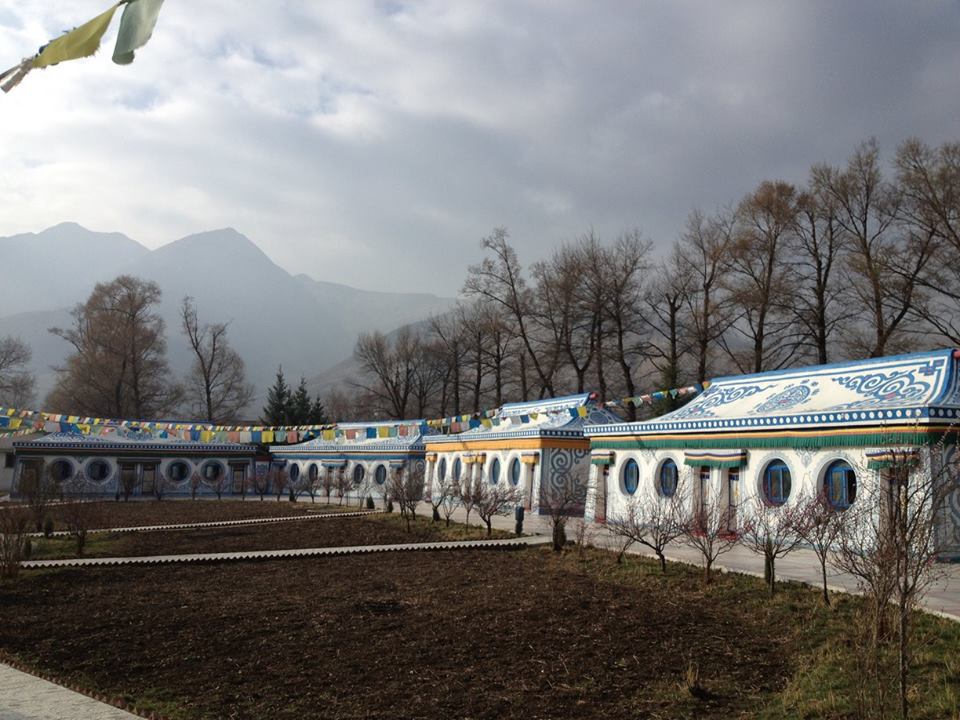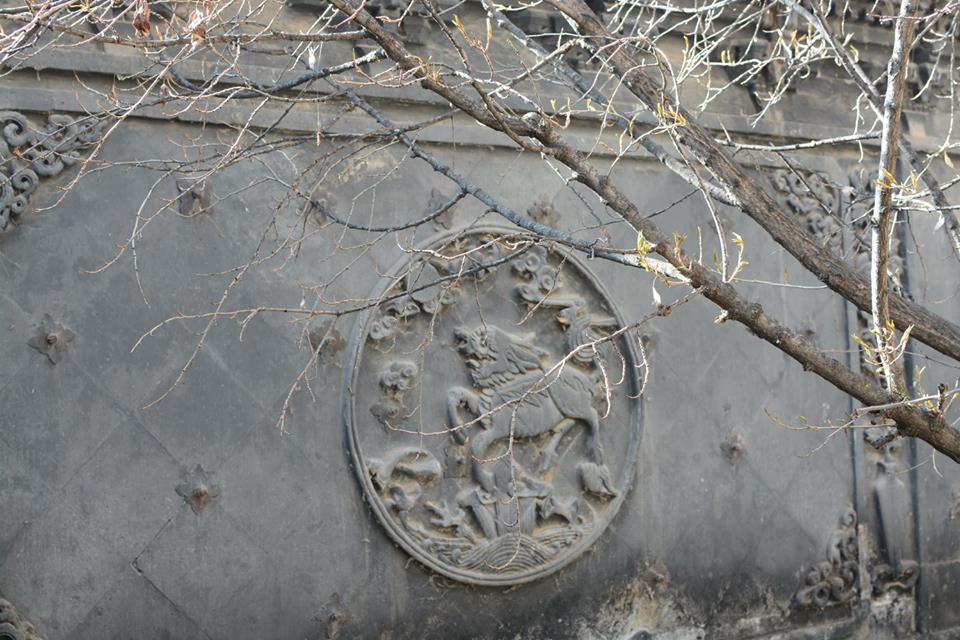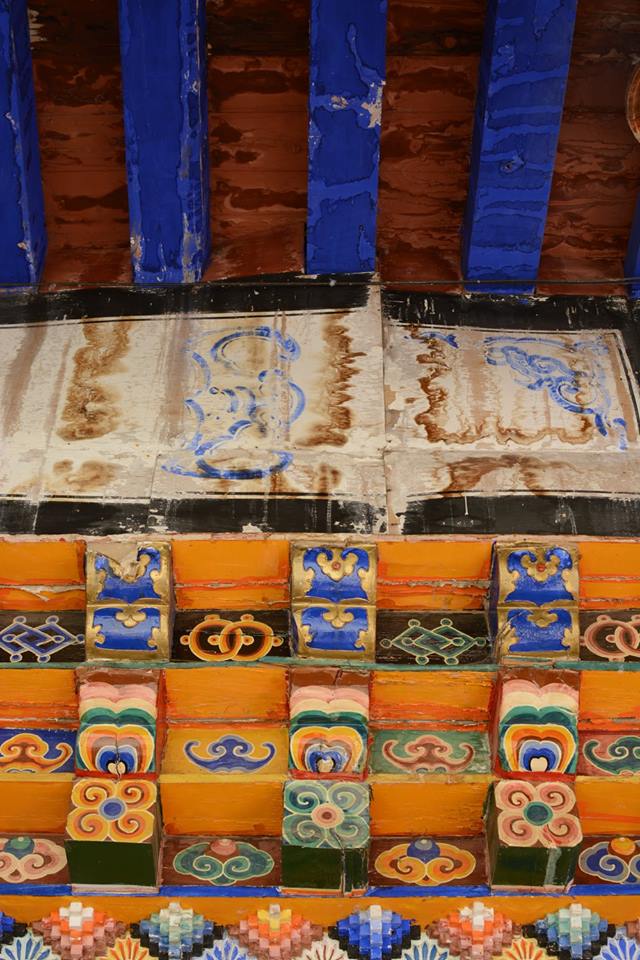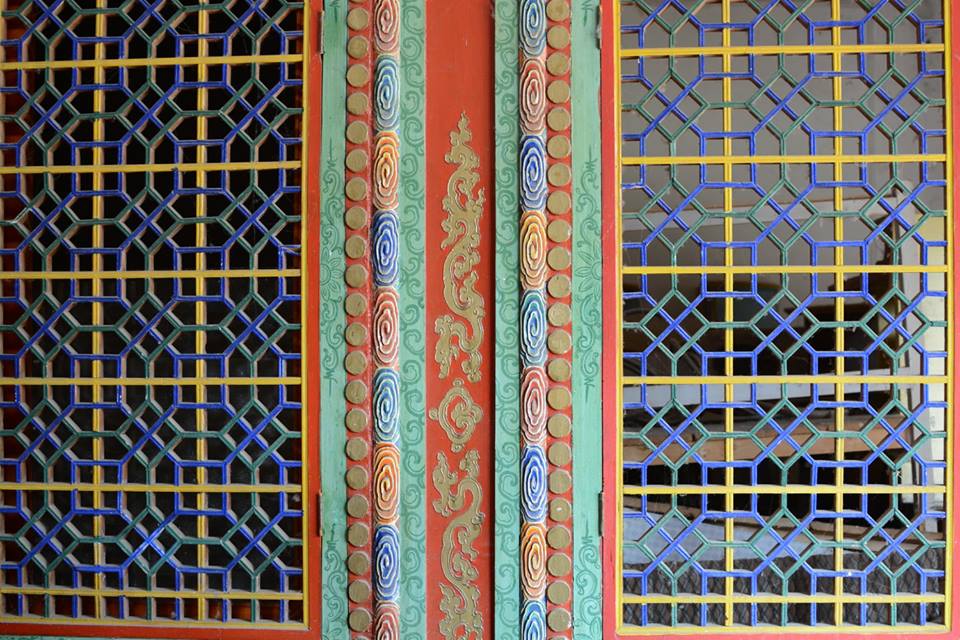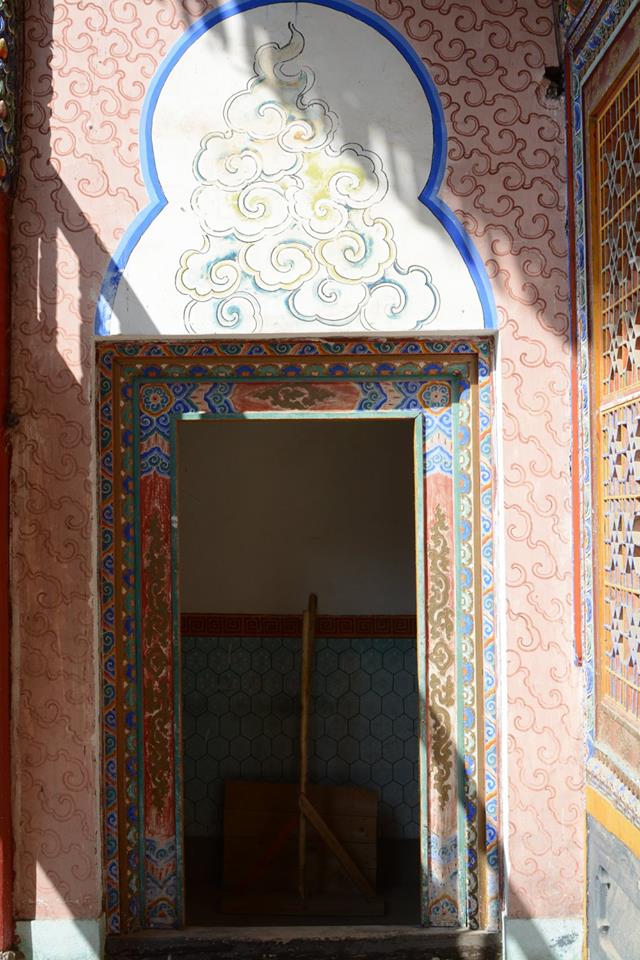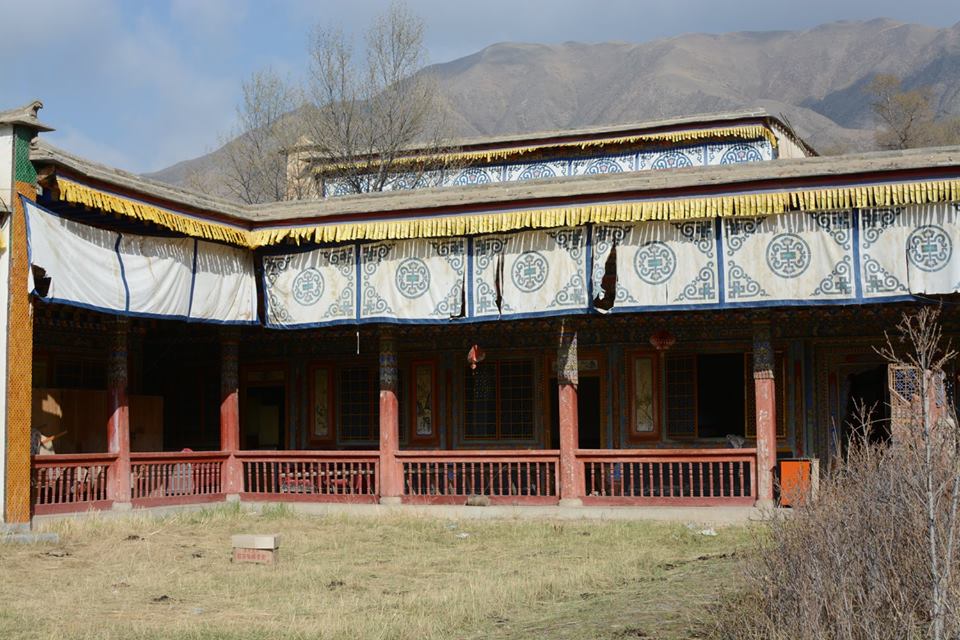TOMO x Norden founder Yidam
/A few weeks ago the founding members of TOMO.video - an online directory of like minded conscious hotels - were asked to share a few insights about our own experiences in the hospitality industry. A moment to share the reality of our hotels, the process it took to bring them to life and the importance of our values to make them special.
Below are snippets of our founder - Yidam Kyap’s answers. Please visit TOMO.video to read the rest of his answers and get inspired by beautiful locations around the world that care about our environment, society and experience.
What motivated you to become a hotelier?
As a young adult I had the good fortune to travel to many parts of South East Asia. As many people opened their worlds to me and shared their culture, I was reminded of all that I too had that I could share with people from different corners of the world. I thought of the excitement I used to feel as a child when visiting other people’s homes but also when welcoming others to our house. I realized that this was what I wanted to do with my life; welcome people into a little space that I could call my own and share with them my land and my culture.
What was your greatest extravagance in creating your hotel?
The greatest extravagance, I believe might be the location and the concept of Norden in itself. When we first tried to explain Norden’s vision to family and friends, people were skeptical as to who would come to stay in such a remote location. The idea of creating comfort and luxury in the wilderness was seen as an extravagance, a whimsical idea that could not possibly be financially sustainable.
Where do you feel happiest on your property?
I love the camp as whole, made up of creeks and rivers, dwarf trees and myriads of flowers. I would say that the happiest I feel is more at certain times of the day rather than a specific location. The dawn with the first light of the day, the rustle of the birds and the fresh morning dew, is by far my happiest time of the day.
What do you consider your team’s greatest achievement?
My team is made up primarily of local nomads who came to us with no prior experience in hospitality. I feel our greatest achievement as a team is the genuine way in which we are able to welcome our guests and make them feel safe and at home. This innate ability transcends language barriers allowing visitors to experience a direct and unique connection to the land and the local community.
What is your dream journey?
My dream journey is taking a few months off to show my daughters the Tibetan Plateau; the mountains, the valleys, the rivers and the grasslands. I want them to connect with the land that they are from and learn to love and appreciate it as much as I do.
